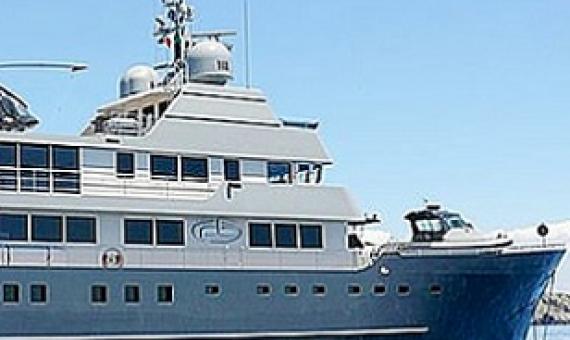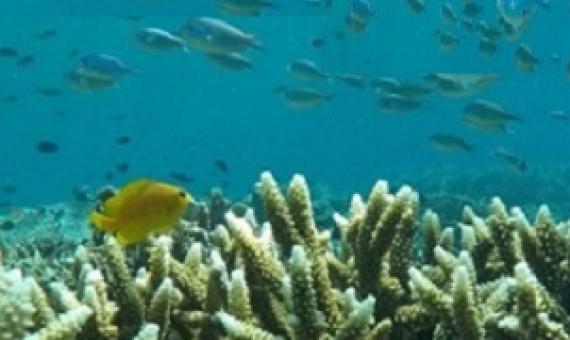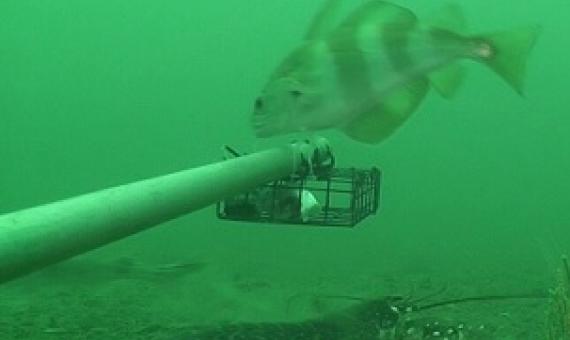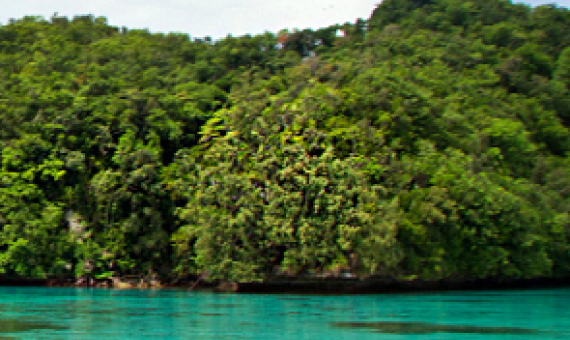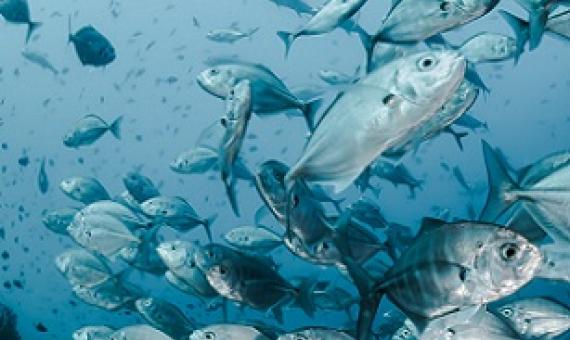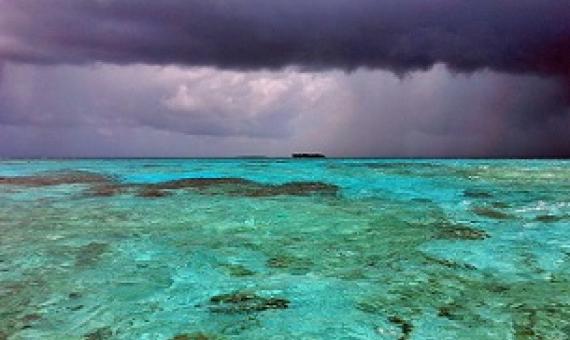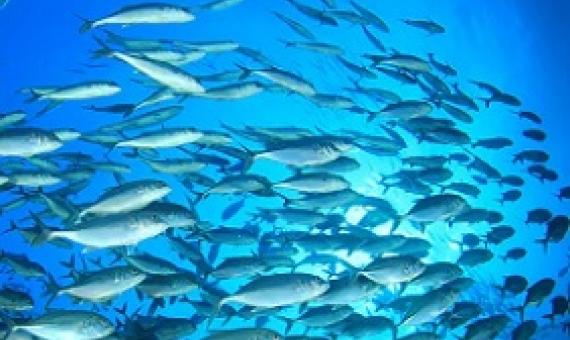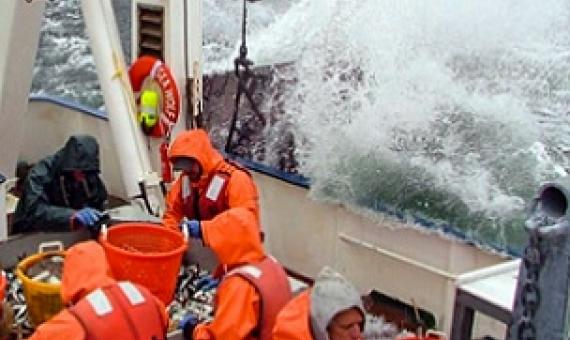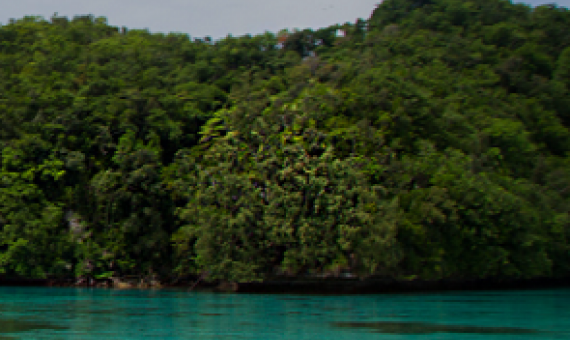Researchers have completed 490 dives in an eight-day expedition to collect information on Samoa's coral reefs, fish populations, and water quality. The dives at 36 sites were close to shore in the waters of both main islands, despite bad weather.
Harmful to ocean and aquatic life, microplastics make up the nearly three percent toxic pollutants in shallow, tropical waters where corals flourish.
A new, widespread study of the global state of marine coral reef wilderness by WCS, NGS, and university collaborators found that remote ocean wilderness areas are sustaining fish populations much better than some of the world’s best marine reserves.
Protecting areas of the ocean and coastlines with "whole-site" Marine Protected Area (MPA) status can result in four-fold increases in the abundance and diversity of fish populations, a new study has shown.
The Palau International Coral Reef Center (PICRC) just published an important scientific article in the peer-reviewed journal “Estuarine, Coastal and Shelf Science” entitled “Oceanographic chaos and its role in larval self-recruitment and connectivity among fish populations in Micronesia”.
Big fish are harder to find in areas sprawling with human activity, unless you're looking in no-take marine reserves, according to a new study led by marine scientists at The University of Western Australia.
A powerful, long-term study from WCS adds scientific backing for global calls for conserving 30 percent of the world's ocean.
There may be plenty of fish in the sea, but how many did there used to be? The answer to that question is lurking in DNA hidden at the bottom of the ocean.
Estimating the number of fish in the sea is a wet, cold, and inexact business. To gauge how populations are faring—a critical part of managing fisheries—researchers typically drag a large net behind a ship, counting and measuring what they catch.
Researchers at the Palau International Coral Reef Center (PICRC) are investigating the movement patterns of fish between open ocean and coral reef environments, in order to better gauge the connectivity between the Palau National Marine Sanctuary (PNMS) and areas open to fishing.

